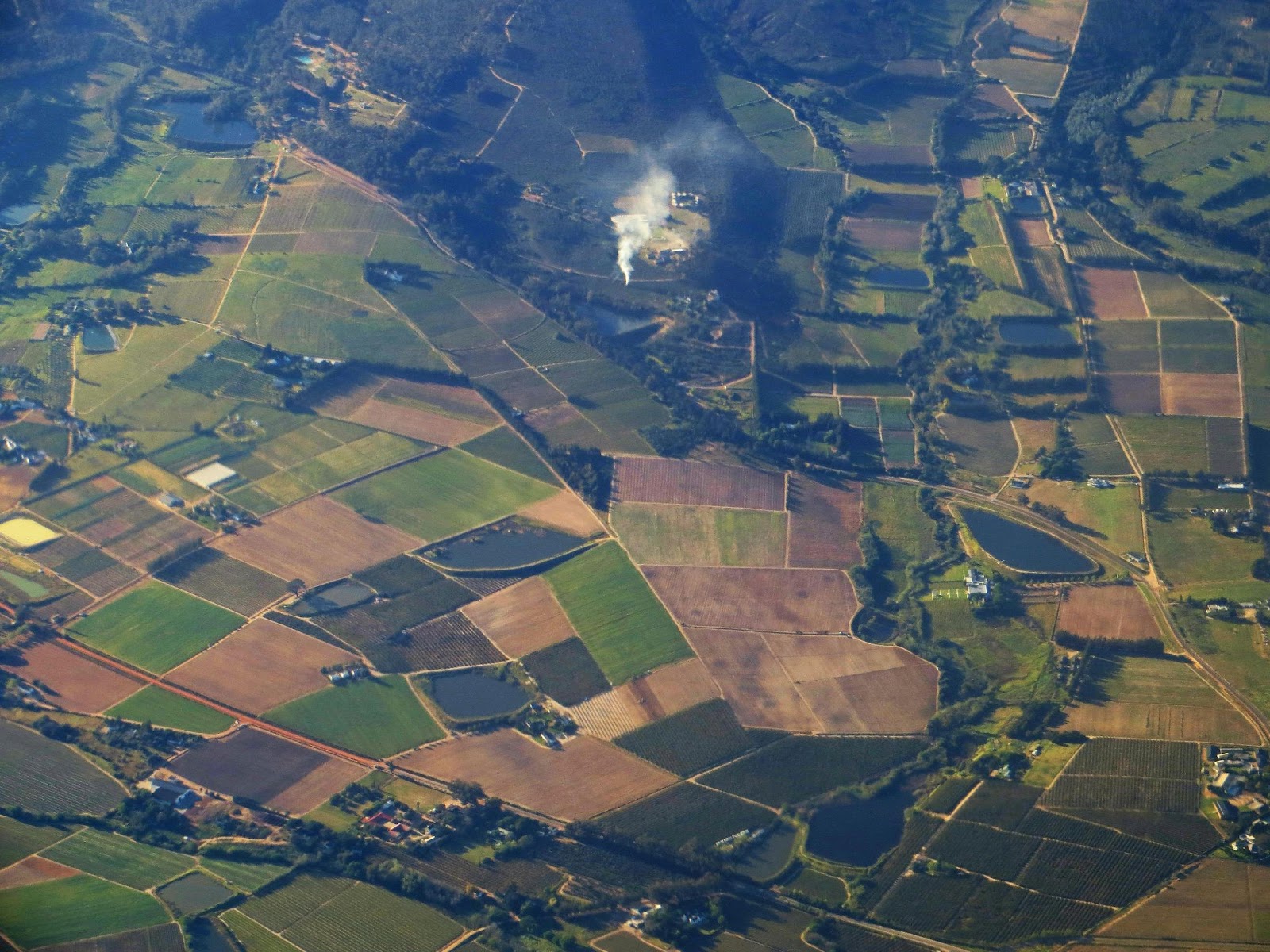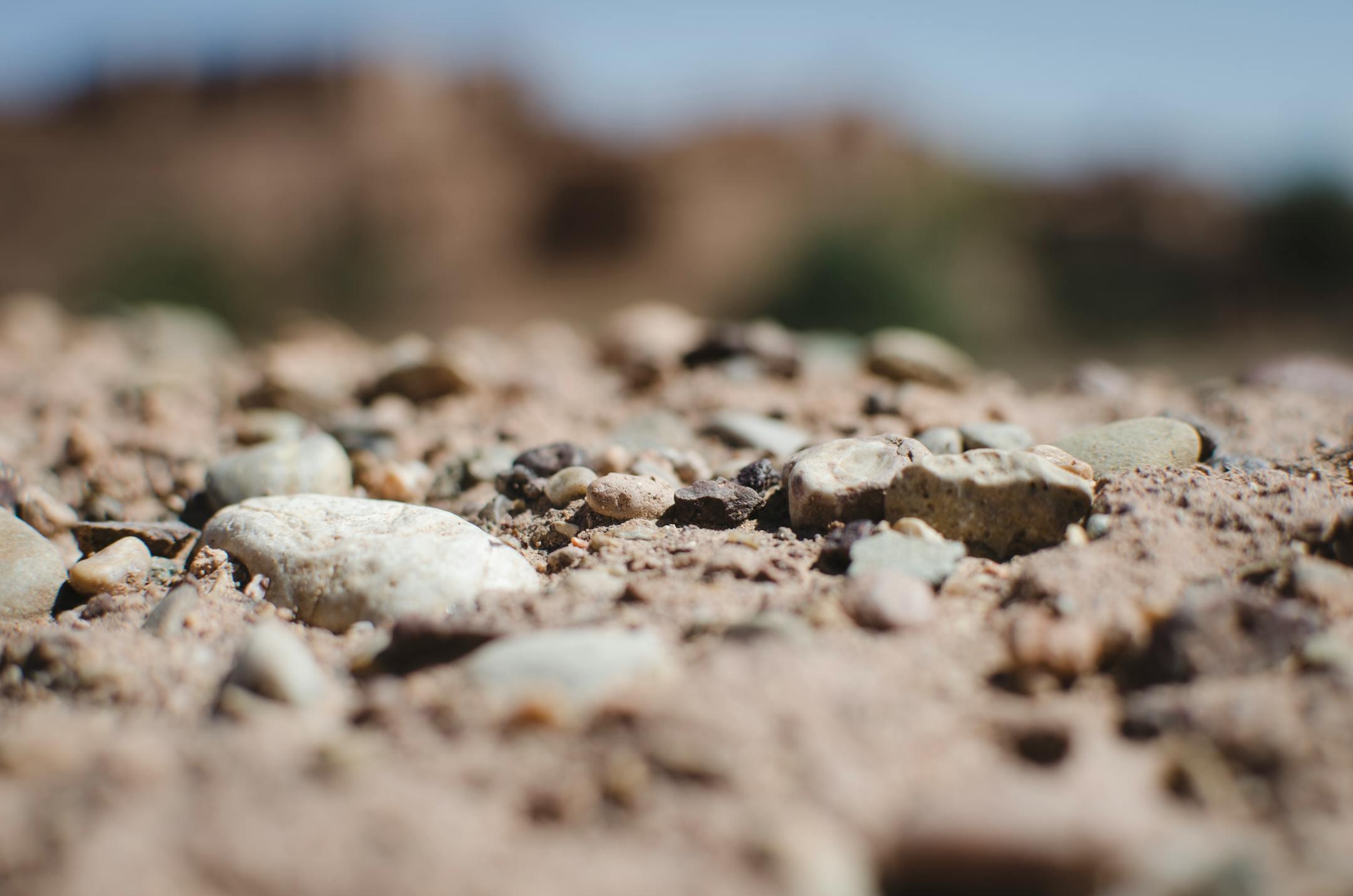If you’re a landowner asking, “Who owns my mineral rights?”—you’re not alone. The world of mineral rights can be a maze of legal jargon and historical twists, leaving many property owners scratching their heads. Whether you're considering leasing, selling, or simply curious about your rights, understanding mineral ownership is essential.
What Are Mineral Rights?
Mineral rights refer to the ownership of resources beneath the surface—oil, natural gas, coal, metals, and more. In the United States, these rights can be sold or leased separately from the land itself. Yes, you read that right: you could own the land but not the minerals beneath it. This separation is more common than many realize.
How Do Mineral Rights Get Separated from Surface Rights?
Picture this: you buy a beautiful piece of land, but somewhere down the line, a previous owner decided to keep the mineral rights. This process, known as “severance,” allows mineral rights to be transferred independently of surface rights. Once severed, these rights can be sold, leased, or inherited separately, creating a patchwork of ownership that can span generations.

Steps to Determine Who Owns Your Mineral Rights
- Review Your Property Deed: Start here. Your property deed often holds clues about mineral ownership. Does it mention mineral rights explicitly? Were they included in your purchase or severed by a previous owner?
- Conduct a Title Search: If your deed isn’t clear, dive deeper. A title search traces the property’s ownership history through public records, helping to uncover any past transfers or reservations of mineral rights.
- Visit the County Clerk’s Office: Local records can be a goldmine (pun intended). The county clerk or recorder’s office maintains land transaction records, which might reveal the fate of your mineral rights.
- Hire a Landman or Attorney: Still stuck? Landmen specialize in mineral rights research and can navigate the complexities for you. Alternatively, a real estate attorney experienced in mineral law can provide invaluable guidance.
Common Scenarios That Affect Mineral Rights Ownership
- Inheritance: Mineral rights often get passed down through families, creating shared ownership among heirs. If you inherited your property, you might share mineral rights with distant relatives you’ve never met.
- Previous Sales or Leases: A former owner might have sold or leased the mineral rights decades ago. Even if you own the land, someone else could still control the minerals beneath it.
- Forced Pooling: In some states, laws permit “forced pooling,” where multiple landowners’ mineral rights are combined for drilling. Even if you own your rights, you might be required to participate in such arrangements.
Why Knowing Who Owns Your Mineral Rights Matters
Imagine discovering your land is sitting atop a valuable oil reserve. If you own the mineral rights, you could lease them to energy companies and earn royalties. But if someone else owns them? You might miss out entirely.
- Potential Income: Leasing your mineral rights can generate significant revenue through royalty payments.
- Property Value: Mineral rights can boost your property’s value. Conversely, not owning them might reduce its worth.
- Legal Protection: Knowing your ownership status safeguards you against unauthorized drilling and ensures you receive any royalties due.
What If You Own Your Mineral Rights?
Congratulations! Now, what should you do?
- Lease Your Rights: Energy companies often seek to lease mineral rights for exploration and extraction, offering you royalties in return.
- Sell Your Rights: If you prefer a lump sum payment, selling your mineral rights might be the right move, especially if market conditions are favorable.
- Hold Onto Your Rights: Sometimes, the best option is to hold onto your rights and wait for future opportunities.
If you’ve been wondering, “Who owns my mineral rights?” now’s the time to find out. For expert guidance and support, reach out to Momentum Minerals today.
